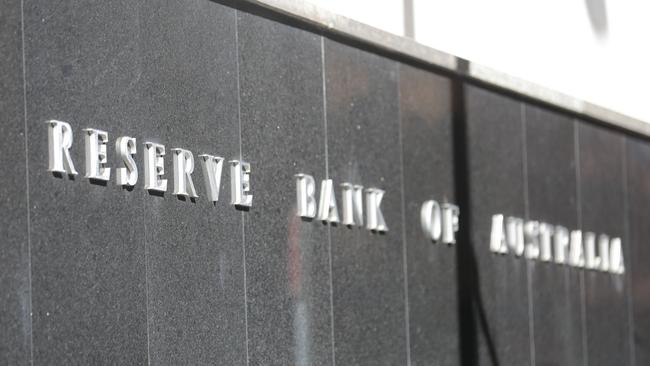
Bear in mind there were no technical or legislative reasons to do so. And there was always the Mid-Year Economic and Fiscal Outlook, generally released in late November or December, to update the economic forecasts as well as make some policy announcements.
In a nutshell, the budget as outlined by Chalmers contains some near-term spending restraint followed by a return to strong spending growth.
It is very unusual to have a budget that has a lower deficit in the current year followed by higher deficits in the out-years. In this financial year, the deficit is expected to come in at $37bn or 1.5 per cent of GDP.
This then rises in the next year and the year after that. A deficit of $50bn or 1.8 per cent of GDP is projected for the last year of the forwards (2025-26).
It’s worth pausing here to record the current size of the spend. Before Covid, government payments had reached $478bn. This figure jumped significantly during the pandemic, but government payments are still expected to be $644bn or 25.9 per cent this financial year.
By 2025-26, payments are estimated to be $729bn or 27 per cent of GDP. Leaving aside the peak Covid years, this is effectively a new high for government spending. Even Wayne Swan, mentor to the current Treasurer, only managed a peak of 25.9 per cent of spending in response to the Global Financial Crisis.
It’s worth noting here that over the medium term, there is no expectation that a budget surplus will be recorded in any of the years before 2032-33. Indeed, compared with the PEFO which was delivered during this year’s election campaign, the underlying cash balances as a percentage of GDP are expected to larger from 2024-25.
An obvious corollary of running ongoing deficits is the build-up in government debt. Net debt is expected to reach $767bn by 2025-26 or 28.5 per cent of GDP. Gross debt reaches the trillion dollar mark next financial year.
One of the most concerning figures in the whole budget is the substantial jump in net interest payments: from $13.6bn this financial year to $26.5bn in the final year of the forward estimates.
Higher interest rates, plus the rising value of the debt, explain this outcome.
Treasury continues to embarrass itself by using completely unrealistic assumptions of commodity price movements. The explanation given is that “commodity prices are assumed to return to long-term fundamental price levels … Elevated coal, iron ore, metals and other ore prices are assumed to unwind over two quarters, by the end of the March quarter of 2023, to levels consistent with long-term fundamentals.”
Any serious economist understands that prices don’t unwind in two quarters. The price of thermal coal is expected to go from $US438/tonne now to $US60/tonne by the end of March next year. (I’m not making this up.)
Metallurgical coal is expected to only halve in price – from around $US271/tonne now to $US130/tonne by the end of March 2023. While Treasury’s analysis of global conditions points to some headwinds, there is no expectation of a substantial economic collapse that would underpin such a decline in commodity prices.
There is at least some analysis in the budget papers to show the sensitivity of budget outcomes to a later fall in commodity prices. The impact is substantial, with higher tax revenue of close to $10bn.
There must come a time when Treasury adjusts its approach to economic and fiscal forecasting to make more realistic assumptions about future commodity prices – using the five-year forward price curve, for example. It has been prepared to alter how it forecasts other variables such as unemployment (the long-term figure used to be simply plugged in for years three and four of the forwards) and the long-term rate of productivity growth has now been adjusted from the unrealistically high figure of 1.5 per cent per annum to 1.2 per cent. A new question for this budget and subsequent ones is: what impact does inflation have on budget outcomes? Is inflation the government’s friend or foe?
There are a number of factors at play. A large slab of government payments is indexed according to the CPI (or wages, in some instances) and so higher inflation means higher payments.
Higher inflation inevitably means higher interest rates, with the result being higher net interest payments. We see this effect in this budget, particularly given the need to roll over expiring government bonds.
At the same time, inflation drives up nominal GDP growth and tax receipts. It also erodes the real value of government debt.
That the Reserve Bank is on the case of bringing inflation back to its annual target range means that the government needs to restrict payments as much as possible. It’s not clear that enough has been achieved on this score. Should inflation stay high for longer, a new approach will be needed. By the way, inflation – and cost of living pressures, more generally – upset voters.
Chalmers describes his first budget as “solid and sensible”, an alternative description is “predictable and profligate”.




My guess is that some members of the Labor government, possibly including Treasurer Jim Chalmers, regret the decision to hand down a second budget this year. But having made its intention clear during the election campaign, there was no choice but to go ahead.